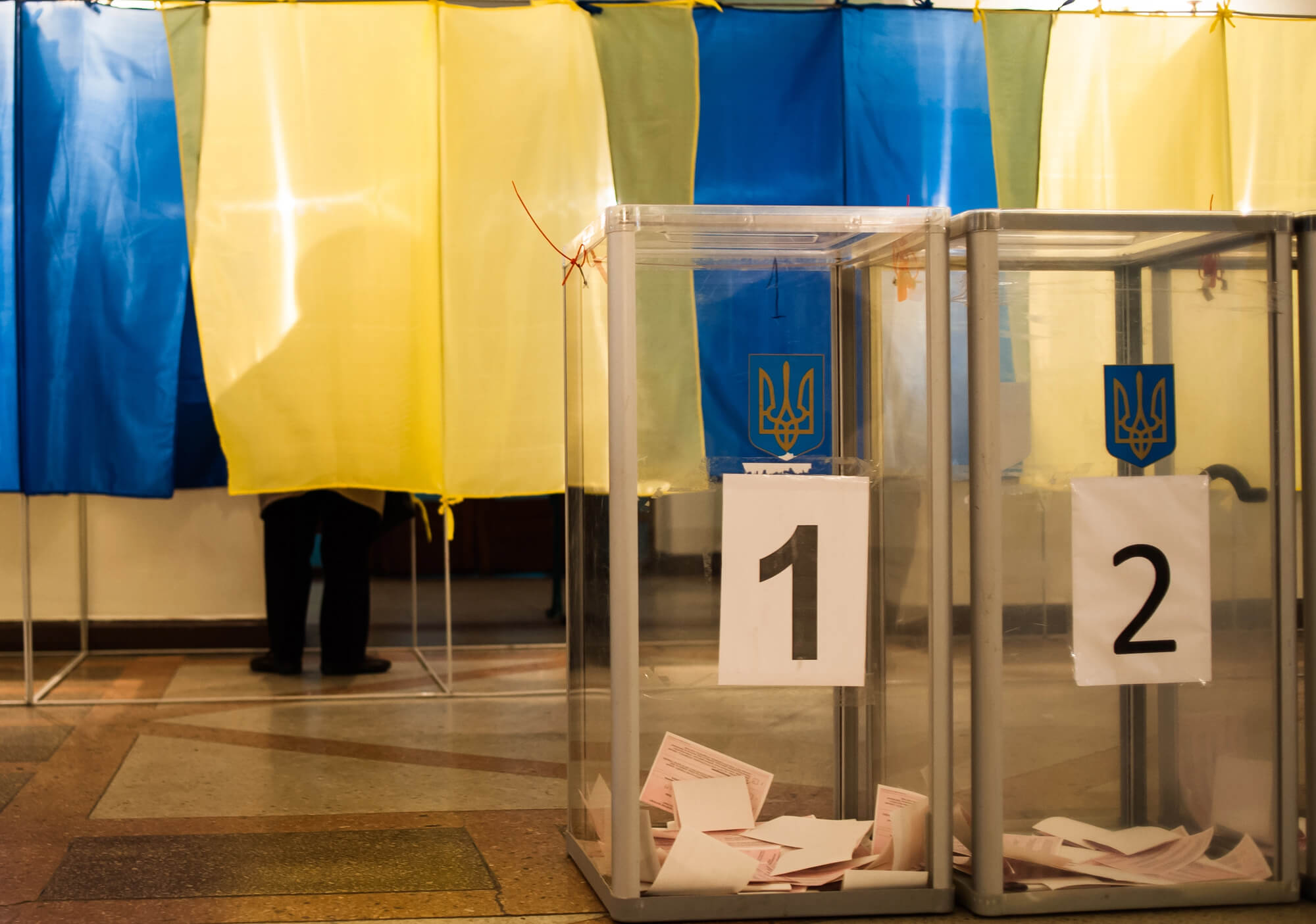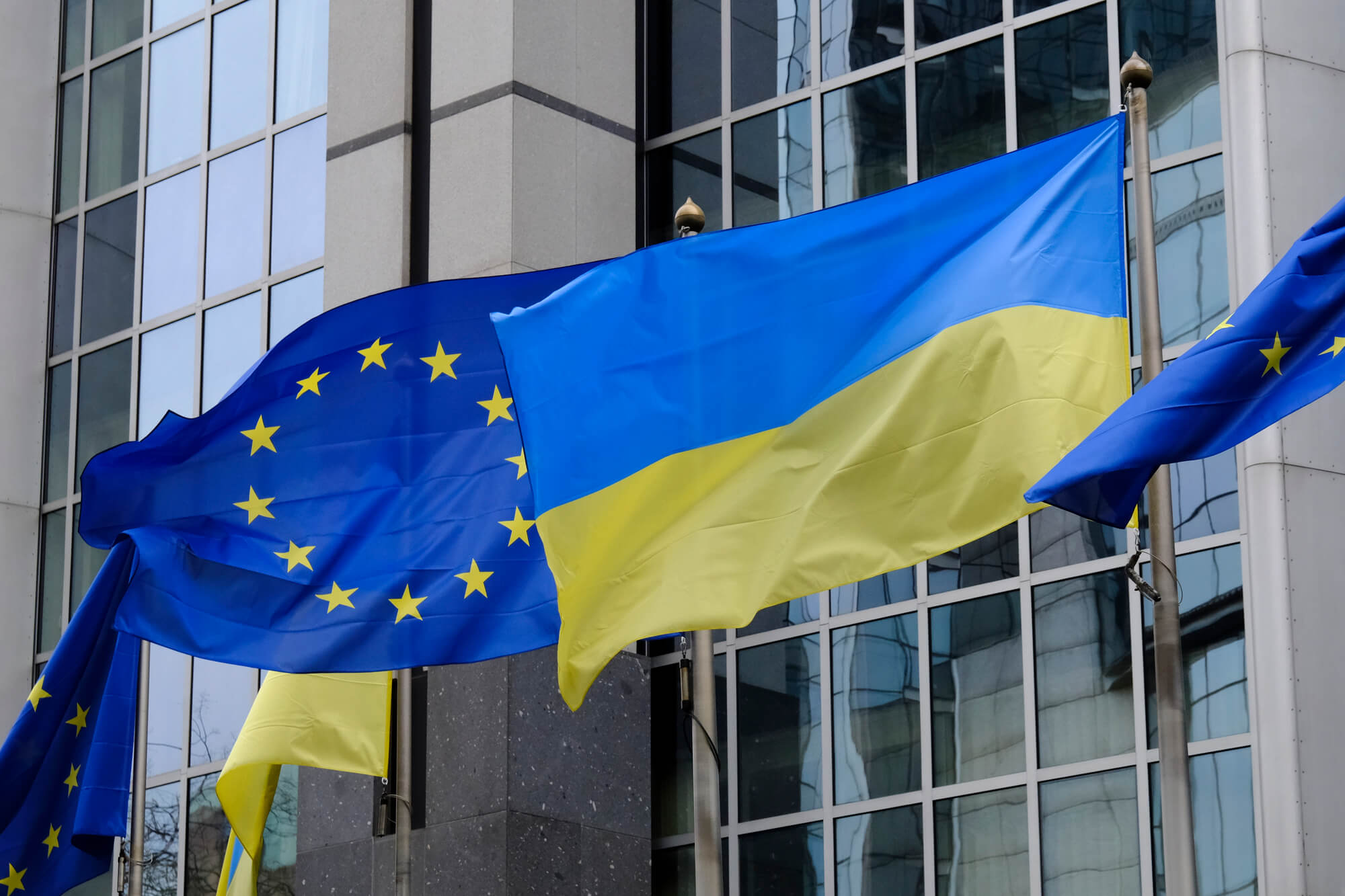We compared the data from three different sources in order to determine what kind of news Ukrainians prefer. It turned out each rating had a different leader. In our opinion, the most intriguing one was a list of the most popular Facebook pages. Find out what did we manage to learn about the pages of Ukrainian media, their target audience and the activity of their readers, in the joint research by VoxUkraine and Artellence.
In May 2017 a Presidential Decree “On Personal Special Economic and Other Restrictive Measures (Sanctions)” came into force. President has banned Vkontakte and Odnoklassniki, which were among the most popular social media in Ukraine at the time. That same month, the data of Kantar TNS CMeter showed a drop in the popularity of these two platforms and a rise in attendance of Facebook.com. In July 2017 Facebook became the third most popular website in the Ukrainian Internet segment, and keeps this position still, yielding only to Google and YouTube.
International research DIGITAL 2019 by Hootsuite gives Facebook.com the first place in the social websites segment and the fourth among all the websites in Ukraine by coverage. Facebook itself estimates its audience it can potentially advertise something to, as 13 million. Total Facebook coverage in Ukraine as of April 2019 reached 15,6 million.
Sociological surveys show Ukrainians consider online media and social networks their main source of news after the TV. And out of social media, Facebook is the most popular (data for the February 2019)
Methodology
Our partner Artellence have selected 100 Facebook pages which are the most popular among Ukrainian users, then hand-picked 30 of them that could be defined as news pages, meaning they publish relevant content and/or their category is defined as news and media. We added another 30 Facebook pages of the websites Ukrainian Internet Association deemed the most popular as of January 2019.
Our data include all the posts these Facebook pages published from November 2018 to March 2019.
According to the data of the national sociological survey Information sources, media literacy and Russian propaganda conducted by the Kyiv International Institute of Sociology (KIIS) in February 2019 at the request of the NGO Media Detector, here are the online media Ukrainians read and trust most of all:
«Obozrevatel», «Correspondent», «Segodnya» and UNIAN. We also included these media into our Facebook pages selection.
Terms and categories used in the analysis:
- fans – the number of users who liked the page (not including the users who subscribed for the page but didn’t give it a like).
- Ukrainians – the number of users from Ukraine who liked the page. I. e. personal pages of users for which the country of origin can be determined, and it is Ukraine;
- bots – personal pages posting the same comments, often looking like they were written in advance, under the different articles, and also the profiles that seemed fake after the visual analysis;
- inactive users – faceless profiles (without the human face in a profile photo), with no publications after November 2018 and with less than 20 friends;
- total number of posts on a page of media outlet during the period of study;
- number of text posts – posts containing at least 5 meaningful words. So if a post says “A happy person is not a person without problems, but a person who knows how to solve them. /N. Pezeshkian/”. Meaninghful words are happy, problems, solve, Pezeshkian – less than five. Such posts were not included into our sampling.
The number of likes, shares comments and commentators apply to text posts only.
Which online media Ukrainians prefer? Do they follow their Facebook pages?
Figure 1 shows all 52 pages we have studied, by the total number of likes. The chart can be divided into two parts. First part ends before the Komsomolskaya Pravda – it includes all the pages that got into top 100 of the most popular Facebook pages. The second part, including Komsomolskaya Pravda, consists of the pages which aren’t the most popular on Facebook, but are included into top 30 media by coverage, as listed by UIA.
Source: UIA and Artellence
The first place by the number of likes went to Znay.ua, second – to Politeka. These media were also included into KIIS survey. 2,3% of respondents answered they read Знай.ua (9 place), 3,3% – Politeka (6 place). At the same time only 1,5% and 1,6% accordingly trust these media (in comparison, the leader of the KIIS survey, Obosrevatel, has 7,6% responders who read it, and 4,1% of them trust this outlet).
The most interesting finding, in our opinion, was that RT channel took fourth place in the list of top 10 popular pages. Not only does Russian propaganda channel have a large amount of followers; it had also generated the most posts (2846) for the period of study. However, only 14% of those are text posts relevant to our study methodology.
Facebook page of the Segodnya newspaper has the biggest (out of 52 pages studied) share of Ukrainian profiles to the total number of followers – 97%. Share of Ukrainians among the followers of Obozrevatel and UNIAN amounts to 70%, and 64% for Correspondent. RT, Comsomolskaya Pravda, Argumenty i Facty have mostly non-Ukrainian followers. However, these pages are still visible in the Ukrainian segment of Facebook. By the share of Ukrainian followers the order is as follows:
Abomus – Ukraina, Novyny Ukrainy i svitu, Vesti-UA, UA1.com.ua, Dubinsky.pro.
Argumenty i Facty and Comsomolskaya Pravda have the lowest share of Ukrainian followers. Even though the posts of the latter have the highest number of likes and shares, these most probably come from beyond the Ukrainian border.
How many bots are there on the online media FB pages?
Artellence developed an algorithm to determine whether a profile is a bot or not. Besides the visual analysis of the page (profile data, photos, page activity etc.), algorithm monitored the profile’s activity. Namely, what does the profile comment on an how. If the comment was duplicated under the posts of various media, making it obvious it was prepared in advance, such profiles were defined as bots.
Figure 2
Source: Artellence.
This algorithm allowed us to define the percent of suspicious profiles among the followers of the page. This indicator is 0,1 and 0,2% from total number of page likes for the pages Znay.ua and Politeka accordingly (рiс. 2).
In general bots don’t subscribe for the pages (the percent of bots among the followers does not exceed 2%), but comment actively (the percent of bot comments at certain pages reach 20%) . The number of bot comments is especially large on pages of well-known Ukrainian media included into the UIA list. We are studying only the comments under the text posts. Well-known media have more text posts – it can explain why high-quality media get more bot comments.
Which online media publish more content and how many comments do they get
Figure 3
Figure 4. Comments under the posts and bot commentators
Pic. 3 shows that media vary greatly both by the amount of posts published in the last five months, and by the percent of text posts. Facebook page of RBC Ukraine was the most active, and Novoye Vremya had the largest percent of text posts.
If we analyze all 52 pages by the quantity characteristics of the text posts, first seven media will be the ones from the UIA list: UNIAN, TSN, Censor.NET, 112.ua, 24 Channel, Dmitriy Gordon, Ukrayinska Pravdda . It means that lesser-known media mostly write shorter and less relevant posts by words value. These posts can be intros for photos or videos.
hromadske.ua Facebook page is a leader by the percentage of text posts as compared to posts in total – 100%. UA1.com.ua took the second place with 99%. The third place is shared by three pages – Dmitriy Gordon, Ukrayinska Pravda and UNIAN. In comparison, the most popular Facebook pages have 16% (Znay.ua) and 14% (Politeka) of meaningful text posts – the lowest results by this indicator in the top 30 UIA list.
In our survey we also analyzed the data regarding comments and commentators for the text (meaningful) publications. If the followers are involved, they leave comments under the posts of the page they like. The page itself learns whether there is any feedback, what kind of content do its followers like, which kinds of posts its target audience prefers. It is an important indicator that influences the amount of posts from the page that get into Facebook news feed.
Facebook page of TSN has the largest amount of comments and commentators, which shows a high involvement of its audience. Meaning the content TSN publishes urges people to react and discuss it. At the same time, this page has the highest percentage of inactive users – 8,1%. However, page seemingly doesn’t suffer from this dead weight at all. Content is a king, as Bill Gates wrote in his essay back in 1996.
Zvistka – news page, Dubinsky.pro and hromadske.ua are next in line by the amount of commentators according to Artellence. Dubinsky.pro has the most active Ukrainian followers. 83% of its followers actively leave comments, which is the highest percent compared to the other two pages. UA1.com.ua, Dubinsky.pro and hromadske.ua also have the largest amount of comments.
24 Channel and Comsomolskaya Pravda also have a large number users who comment, 112.ua and Censor.Net – comments. However, 12% (112.ua) and 13% (Цензор.НЕТ) comments on these pages belong to bots. Fun fact: these two pages get the most bot comments: 12,7 comments from one profile on average. Perhaps some materials were too popular or contained a certain stance that the bots decided to comment on.
There are seven online media among the pages bots love the most: TSN,112.ua, Censor.NET, Ukrayinska Pravda, RBC Ukraine, BBC News Ukrainian, 24 Channel and three out of UIA list: Dubinsky.pro, UA1.com.ua and hromadske.ua. It might mean that online media are influential enough to be on the radar of those who use bots to accomplish their goals.
On average, text posts on the pages Dubinsky.pro, Zvistka – news page and News (news247.com.ua) get the most likes. At the same time, News page had only five text posts with 824 likes per post on average.
Users mostly share the posts from the pages Dubinsky.pro – 1219 shares on average, Narod (novosti.in.ua) – 764, and Zvistka – news page – 591. As we can see, online media included into the UIA list have more likes and shares on average than other media.
Conclusion
- Only 8 out of 30 most popular online media form the UIA list were included into Artellence list of top 100 Facebook pages. These 8 online media are in first 30 out of 52 pages analyzed.
- Only five out of these eight media are included into KIIS survey. Meaning internet users who read this media do not necessarily read it on Facebook, too, otherwise the proportion would have stayed the same. Therefore online media consumption in general (on the media websites) differs from Facebook media consumption.
- A big number of likes on the Facebook page has no correlation with the quality of the posts whatsoever. There is also no connection between likes and the numbers of comments/users who commented. So a page can have many likes, but a low involvement of the audience (low number of comments) and vice versa.
- Facebook pages of the online media included into the UIA list make more high-quality publications compared to pages with large Facebook following. Besides, text posts do not necessarily translate into a huge involvement of the audience.
- Bots mostly comment on the pages of online media, not questionable outlets. The meaning of this might be as follows: those who have the resources for an online informational attack keep a close eye on real media.
Attention
The author doesn`t work for, consult to, own shares in or receive funding from any company or organization that would benefit from this article, and have no relevant affiliations



